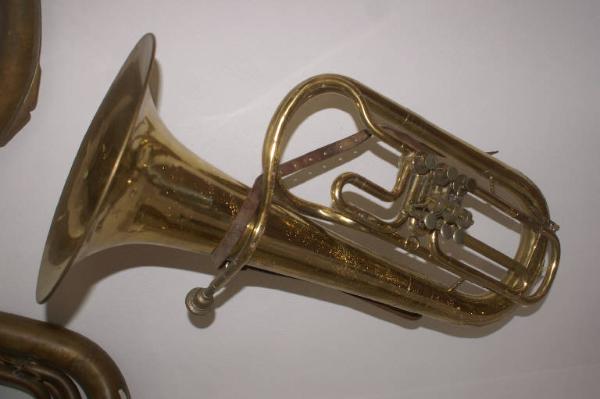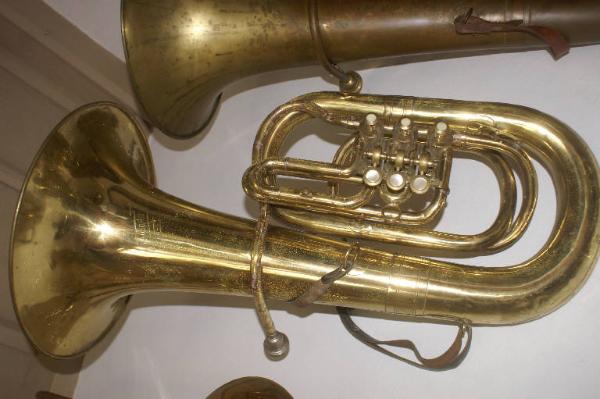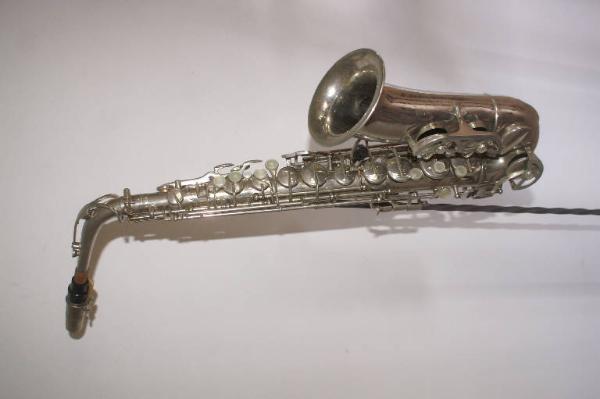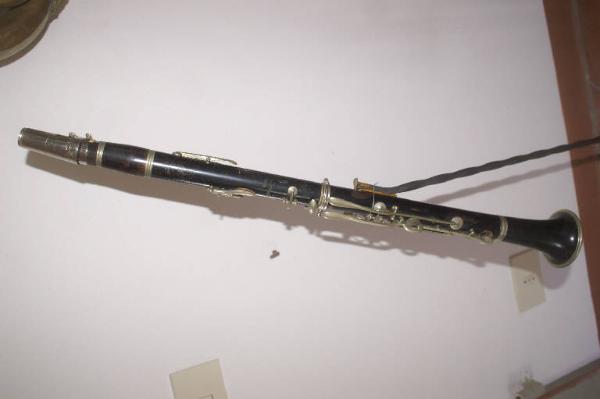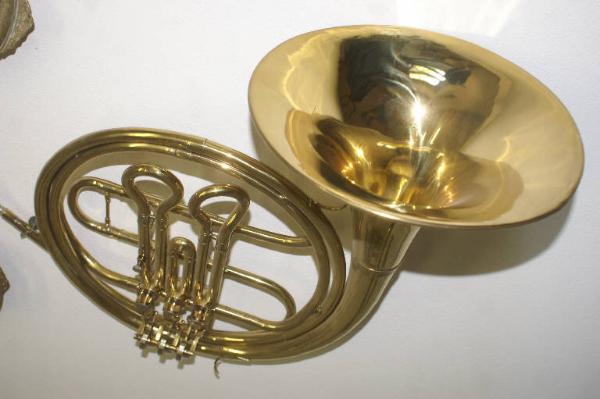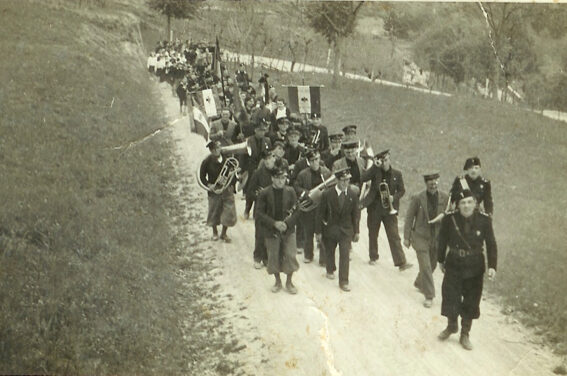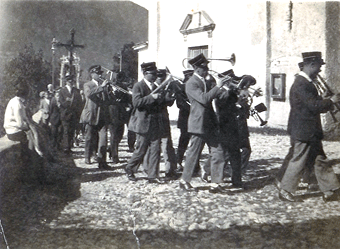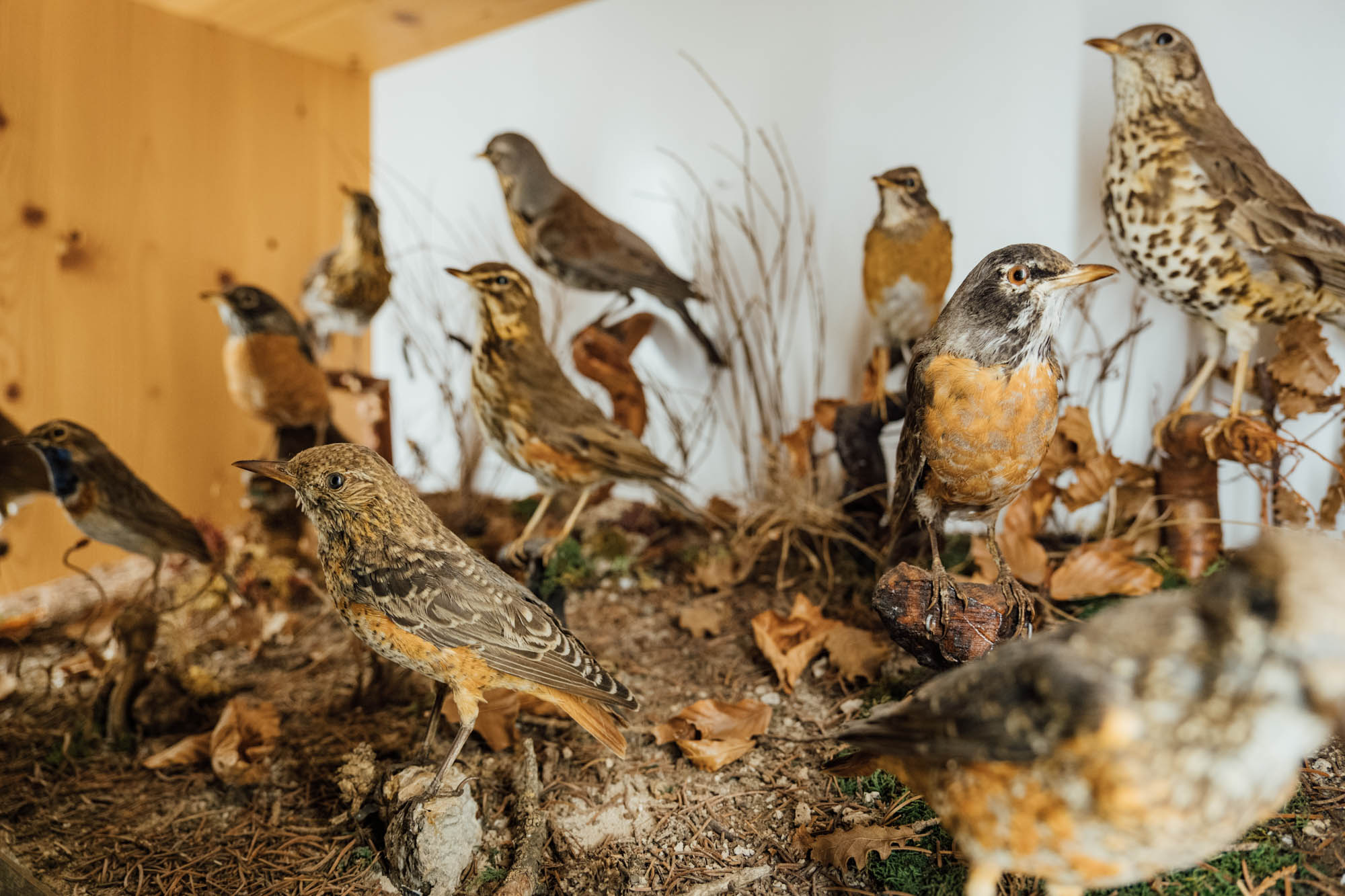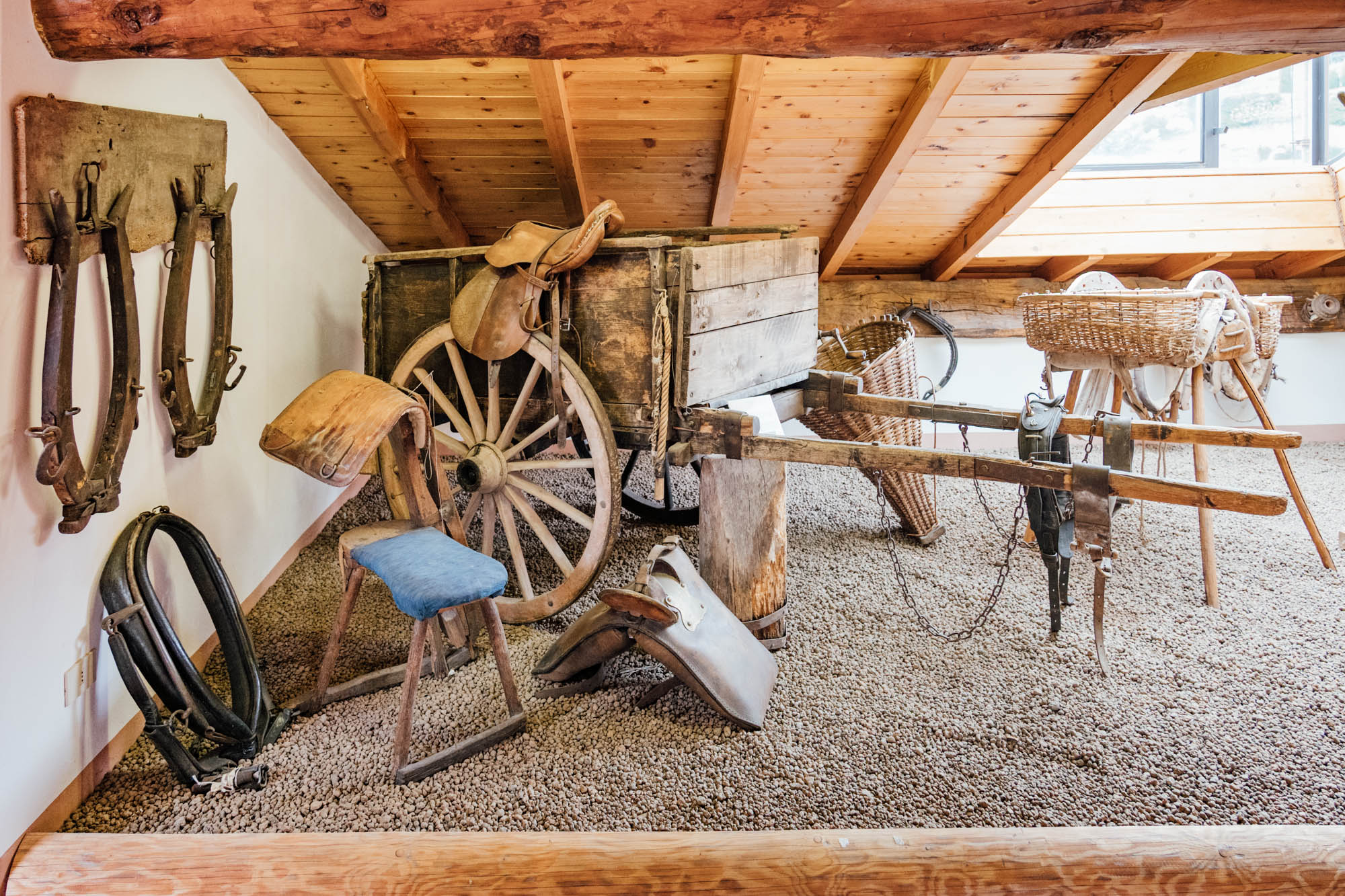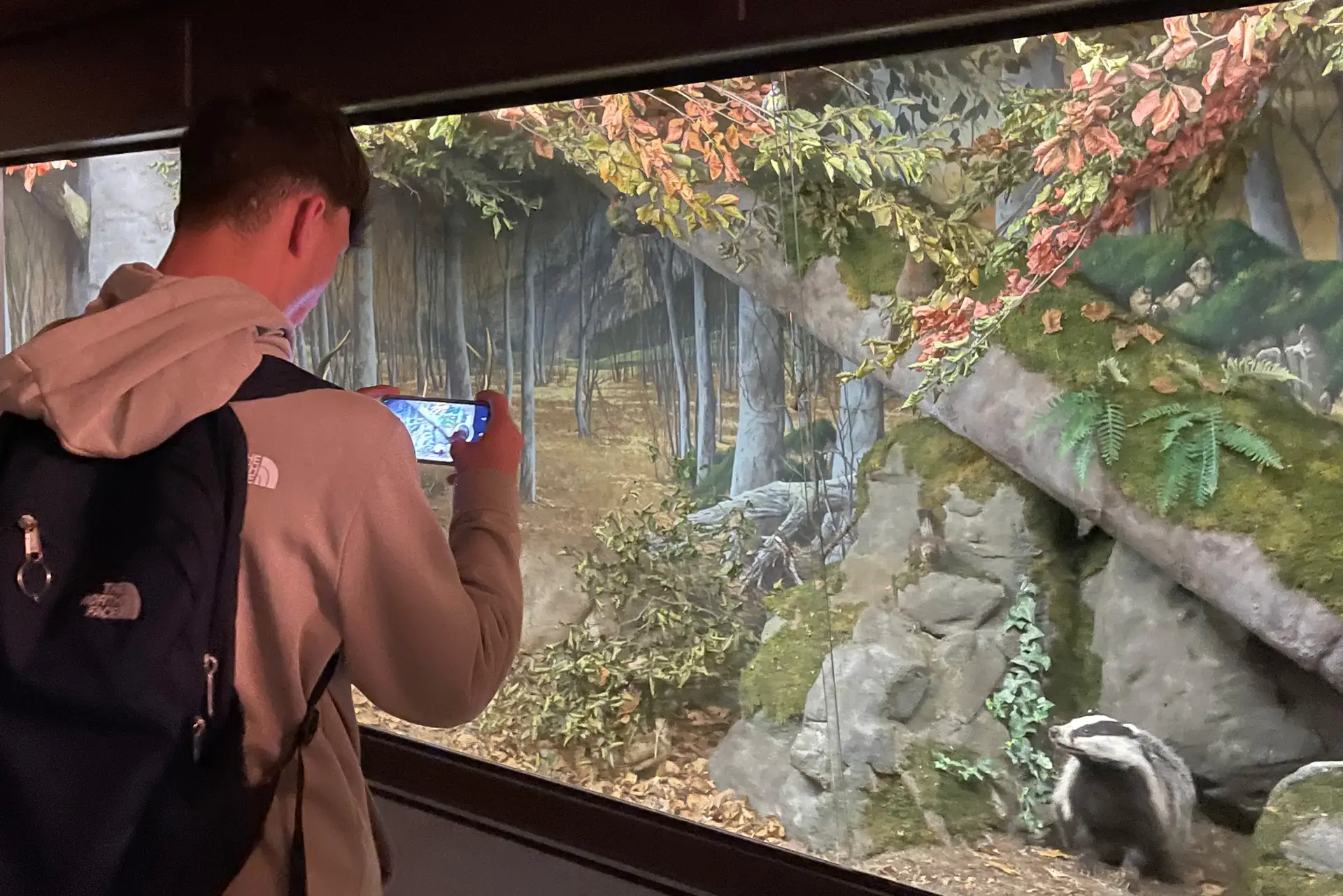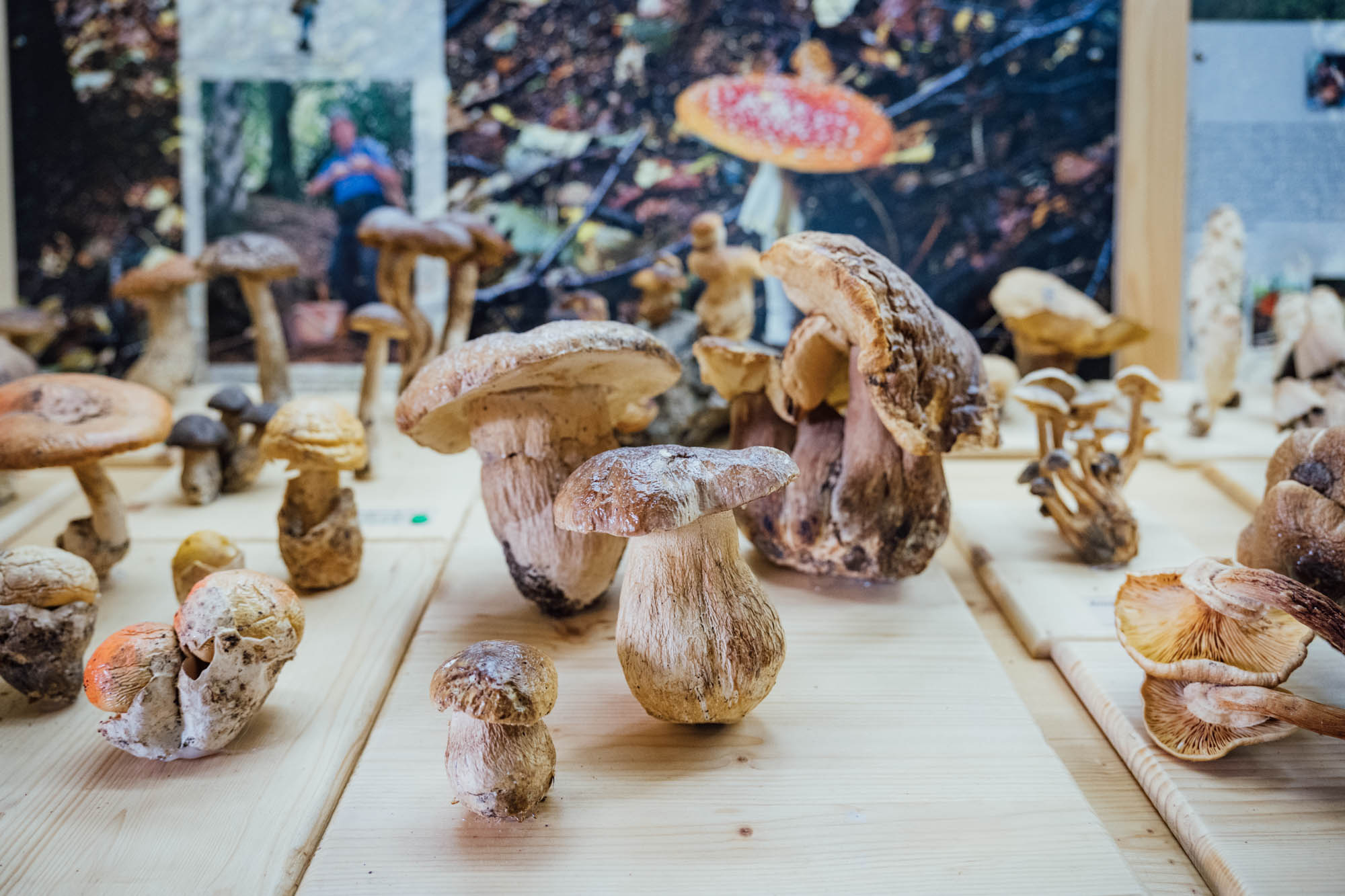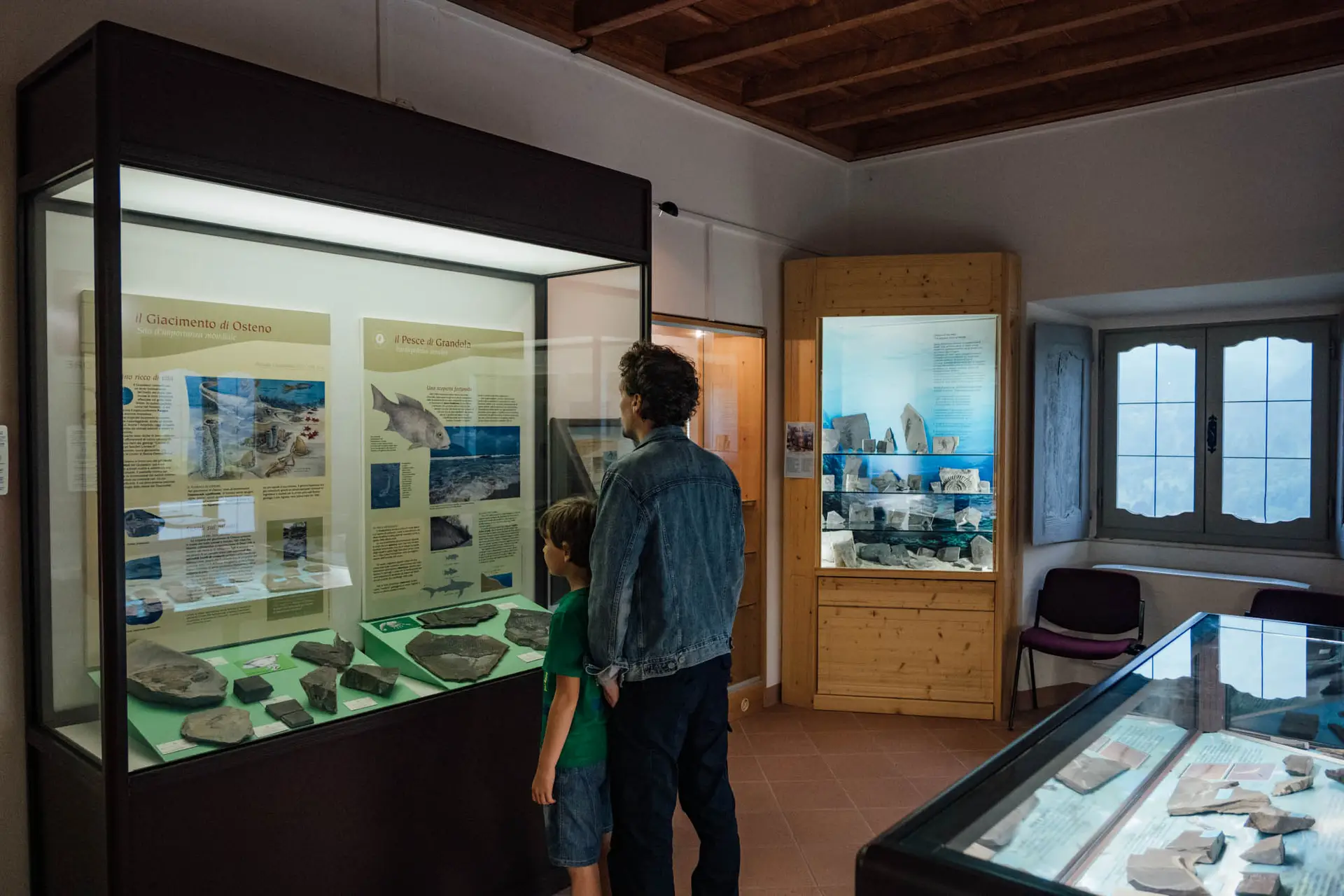Music Room
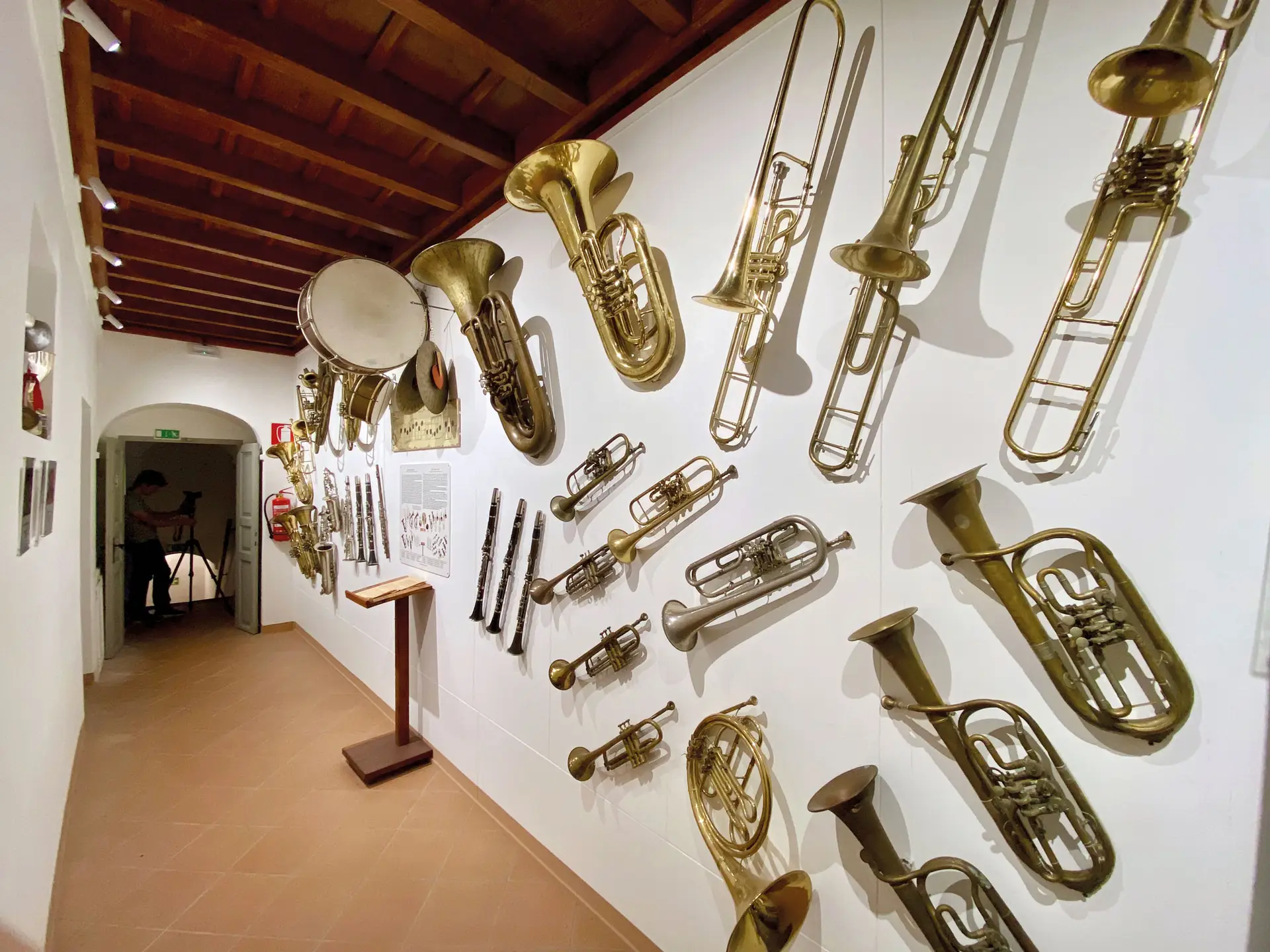
Collection
This room houses musical instruments, photographic archives, and sheet music regarding the "Grandola Musical Band"
La Grandola Musical Band was an ensemble consisting of wind instruments, both wooden and brass, with the inclusion of some percussion instruments and, very rarely, double basses.
The careful preservation of the instruments by the owners has made it possible to recreate the full band, with wind and percussion instruments.
Dedicated to Grandola's music corps, the Music Room faithfully reproduces the arrangement of the various elements in a concert.
The value of this exhibition is strictly local, but it should be pointed out that bands originate in small towns so they represent entities that have grown in association with the culture and history of the towns.
In the museum collections
Musical Instruments
No results available
Listen now
Marches performed by the Grandola Band
La Stella dei Prati
Marcia King’s Glory
Marcia Napolitanella
Marcia sul Ponticello
Historical background
The marching band yesterday and today
Marching bands have their roots in antiquity, but have developed as structured formations since the 14th century. Even today, they represent an important cultural and social stronghold, actively participating in community life.
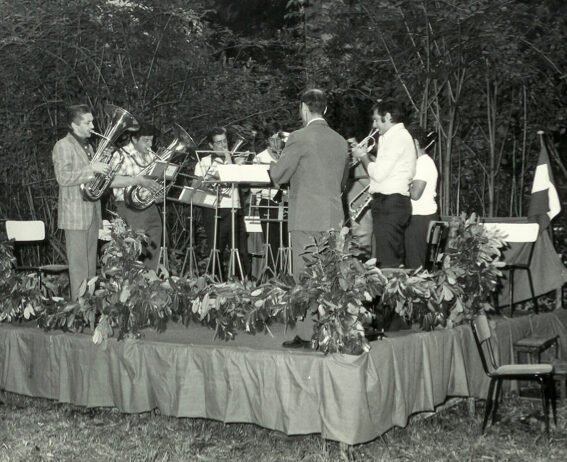
The marching band has ancient origins, with wind instrument ensembles already present in Roman civilizations, used in religious, military and civil events.
However, the modern band, understood as structured musical training, was born in the 14th century at the courts of lordships, where a small number of players served with artistic and parade duties.
In the 18th century, bands consisted of no more than eighteen elements and were distinguished into military and civilian formations.
In the second half of the 1700s the band's expressive capabilities were greatly enhanced by the introduction of clarinets: in the 1800s it received further enhancement from improvements to individual instruments (such as, for example, brass pistons).
The original band literature is not very extensive: however They wrote for band many great musicians, from Mozart to Beethoven, Cherubini, Spuntini, Mendelssohn, Wagner, and Schoenberg.
In essence, the function of the band was and is preeminently to popularize music from every repertoire, appropriately transcribed and reworked.
In the 19th century, bands experienced a strong development, taking on the appearance of today's ensembles. In 19th-century opera, the band was often employed on stage, in variable and relatively small formations, to illustrate particular stage situations.
Today, marching bands continue to play a significant role in communities, participating in civic, religious and cultural events, and contributing to the spread of musical culture.
You might also be interested in.
Insights
No results available
